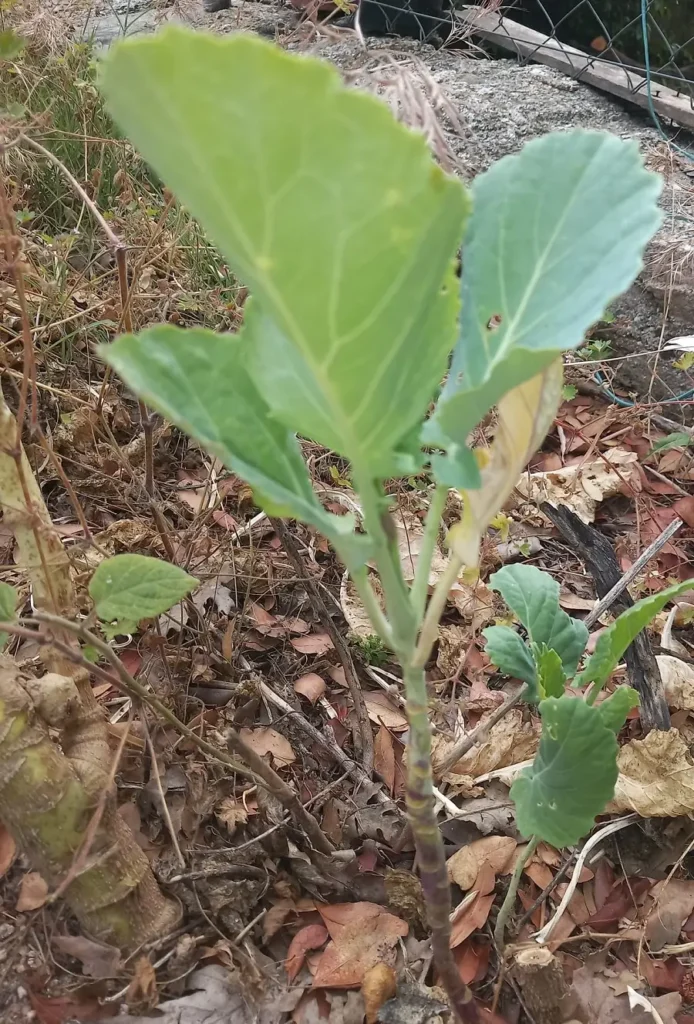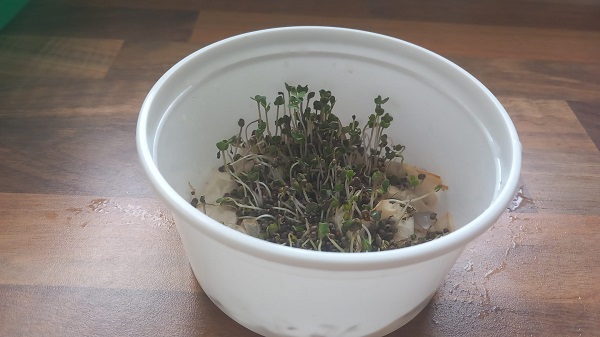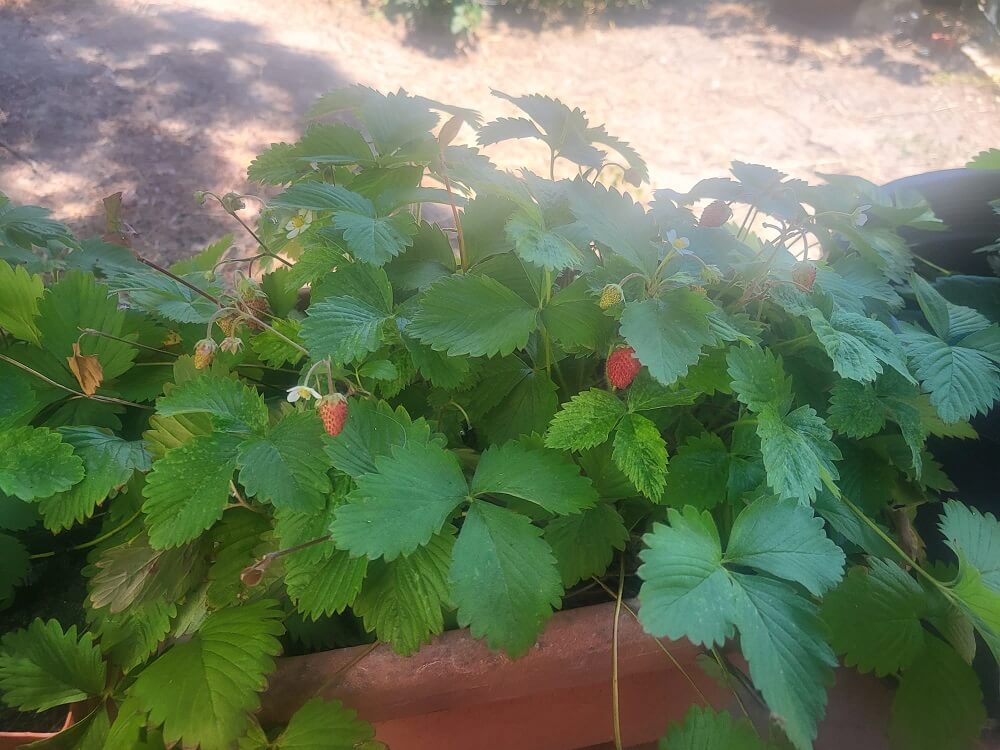What is Galician cabbage? Galician cabbage (Brassica oleracea var. acephala) is a green leafy vegetable native to Galicia, also known as Galician cabbage or couve galega. It is cultivated for its nutritious leaves rich in vitamins A, C and calcium, being a traditional ingredient of Galician stew and other recipes of the gastronomy of northwestern Spain.
Galician cabbage is known by almost as many names as its uses: cabbage, forage cabbage, Galician cabbage, cabbage cabbage, horse cabbage or open cabbage, and in Galician as “couve galega”. It is a type of cabbage that is highly prized in Galicia, a region in northwestern Spain, but can be planted in almost any location. This vegetable is an essential ingredient in Galician cuisine, famous for its versatility, nutritional value and distinctive flavor. In this article, we will explore its culinary uses, care in the garden and propagation methods to make the most of this wonderful plant.

Constant watering but without puddling.

Sunny, but does not tolerate heat waves well.

Exhaust Hose / Dripper

Very easy cultivation

Does not withstand extreme temperatures

Through seeds
Kale Care
Soil Requirements
Collards are best adapted to temperate climates, preferring both cool, moist soil and air and will tolerate light frosts.
Soil Preparation
Galician cabbage prefers well-drained, mulched soils rich in organic matter. It is recommended to add mature compost to the soil to improve its fertility. A slightly acidic to neutral pH (between 6 and 7) is ideal for growth.
Light Requirements
Kale thrives well in full light, but in very hot and dry climates it may need shade netting in times of high heat and dryness, as the leaves are prone to blight.
Irrigation
This plant needs constant but moderate watering. It is crucial to keep the soil moist, but not waterlogged, to avoid fungal diseases.
Irrigation Methods
For Kale we recommend irrigation by exhusion hose, or as a second best option, drip irrigation as it provides water directly to the roots and reduces the risk of leaf diseases, such as fungus, and avoids waterlogging of the soil.
Seedling Care
Pest Protection
Although it can sometimes be attacked by aphids if they do not find a more appetizing plant nearby, Galician Kale is more sensitive to fungal attack and especially to cabbage caterpillar.
Cabbage Caterpillar
Cabbage caterpillars (Pieris brassicae) are easily recognized by their yellowish green color with black spots. They are capable of devouring a plant in a few days, consuming all its leaves. The best way to fight them is to manually remove them when we see them on the plant, and preventively, try to repel the cabbage butterfly, a white butterfly that may have black wing edges and/or black spots. They usually lay in spring-summer, and the caterpillar usually attacks in autumn.
To repel them, we can combine cabbage cultivation with plants whose smell they dislike, such as marigold, chives and basil.
The removal of the eggs is usually the best preventive method. The eggs are usually on the underside of the leaves and are orange in color.
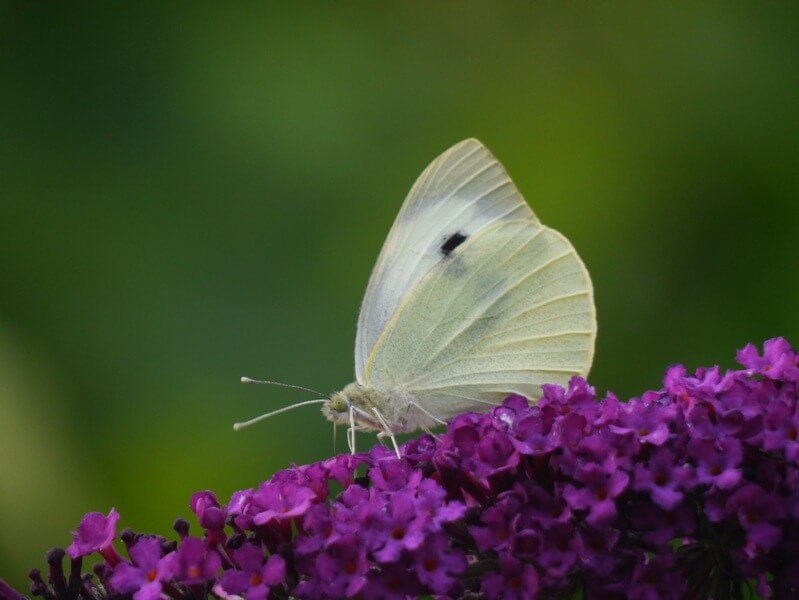
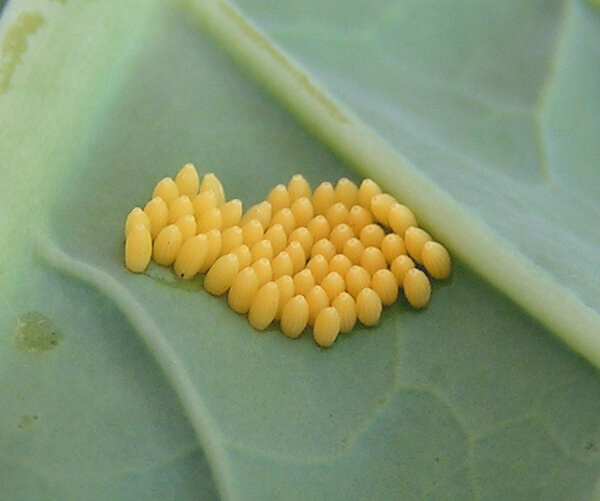
How to Reproduce Kale
Seed Reproduction
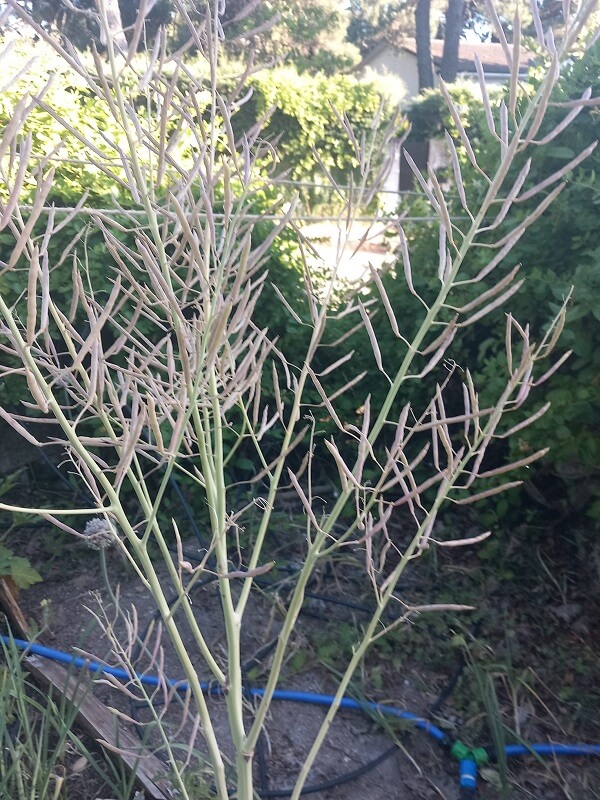
Kale is a plant that produces a large amount of seeds. But a lot!
To do this we let the plant flower, and we will see that a few weeks later pods begin to form. When they turn brown and are crunchy to the touch, we can extract the seeds. The leaves will gradually disappear, as the plant will use all its energy to create seeds.
Each pod will contain two rows of seeds, usually between 12 and 24 seeds each. Given that a plant creates hundreds of pods, let’s imagine the amount of seeds it produces, which we can use to save in a paper envelope for planting.
The rest we can use to make seed sprouts, feed our chickens, or as bird food.
Sowing
If your climate does not have heavy frosts, it can be planted all year round. In fact, we are constantly growing seedlings from the seeds that are left when we collect them. In case of a very cold climate, it is better to do it at the end of spring or indoors in seedbed. To do this, bury the seed in a very rich substrate one centimeter. Transplant it when it has at least 4 leaves to the soil or final pot.
Crop Rotation
It is important in the case of Galician Kale to rotate the crop, trying that if small plants are born in the same place, transplant them to another area of the garden.
Uses of Galician Kale
Culinary Uses
Kale is traditionally used to feed both humans and animals. It has a high amount of phenols and ascorbic acid, both potent antioxidants, high concentrations of vitamin C, source of fiber, helps the immune system, calcium and potassium. We leave you a link to a study of the University of Vigo on the use of this plant.
Its leaves are consumed, preferably the most tender ones are reserved for human consumption and the larger ones for your animals.
Associations
Kale has a shallow root system, and produces tall leaves, which can cause other plants to compete with it for light. Garlic is both compatible and incompatible for different reasons, which is why we do not mention it.
| Compatibilities | Incompatibilities |
|---|---|
| Aromatic herbs (Thyme, Basil, Celery, Rosemary, Marigold…) | Tomato. Competing for light |
| Carrot | Strawberries. Competing for land |
| Legumes | Other Cruciferae (Cabbage, Brussels sprouts, Broccoli…) |
| Swiss chard. Compete for soil and may attract common pests |
Now that you know all that this spectacular vegetable has to offer, here are some recommendations that we think you may find useful for growing and cooking Galician kale:
🌿 Kale Seeds
Grow your own cabbage at home and enjoy the authentic flavor of the Galician garden.
👉 View on Amazon
